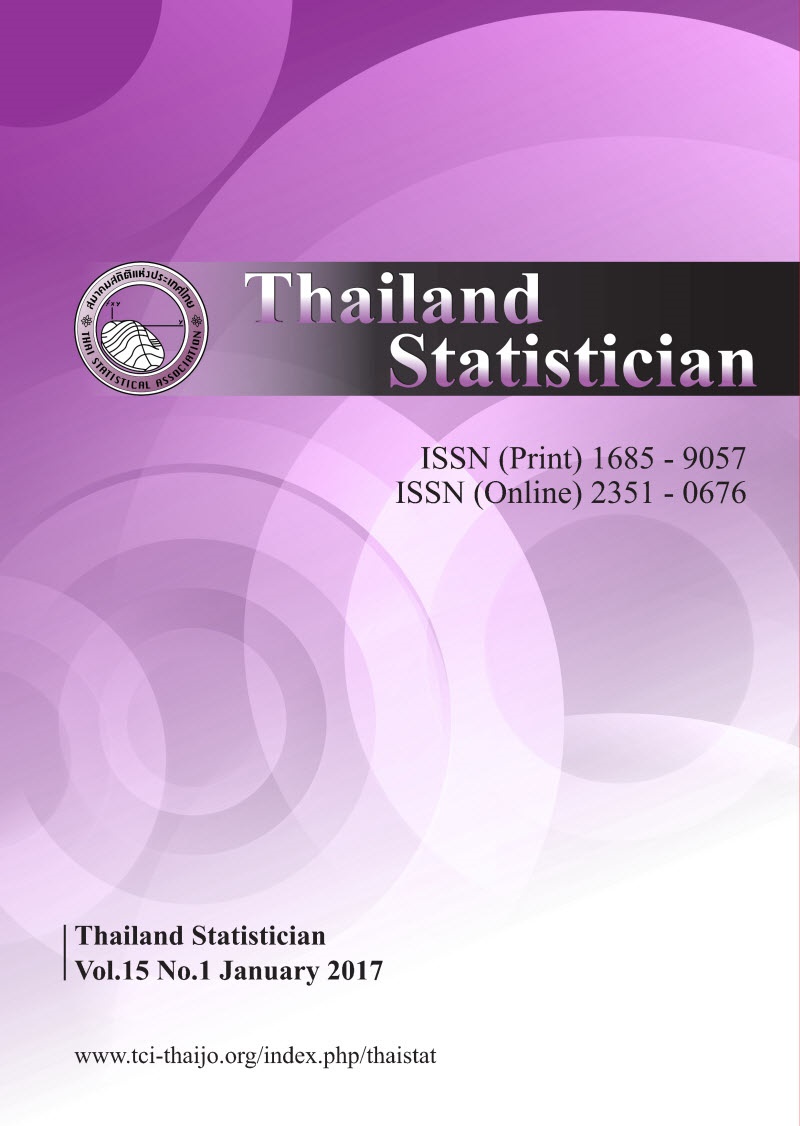Optimal Linear-Quadratic Model Designs
Keywords:
combined array, crossed array, design efficiency, design optimality, generalized variance, prediction variance, robust designAbstract
Experimentation for achieving a robust process often involves signal variables which are controllable and internal to the process and noise variables which are generally external and routinely uncontrollable. To achieve a robust process, designs based on a combined array have been suggested by many authors. Many of these designs allow parameter estimation for the linear-quadratic (LQ) response surface model when the experimental design region is the hypercube. The LQ model contains the full quadratic model terms in the Q signal variables, the linear model terms in the L noise variables, and the signal by noise variable interaction terms. Because the quadratic regression model is just a special case of the LQ model when there are L = 0 noise variables, this article extends the optimal design theory regarding regression on the hypercube.
An approach similar to that of Farrell, Kiefer, and Walbran [13] will be taken in this article. A support of D- and G-optimal designs for the LQ model on the hypercube will be defined. Closed-form expressions for the generalized (D) and prediction (G) variance are derived. Using these closed-forms, D-optimal design weights are determined for barycentric subsets of points in the support. These weights and the corresponding optimal D-criterion values are tabled for 4 ≤ K ≤ 17 design variables.



